Road to COP27: Lessons from Rai - the Philippines one year on
Part of WFP's weekly series on climate change, ahead of the COP 27 summit in Sharm El-Sheikh, Egypt, from 6-18 November 2022.
Days before Christmas last year, when Filipinos should have been celebrating the lifting of COVID-19 restrictions, families on Mindanao Island and the Visayas Archipelago found their lives in turmoil.
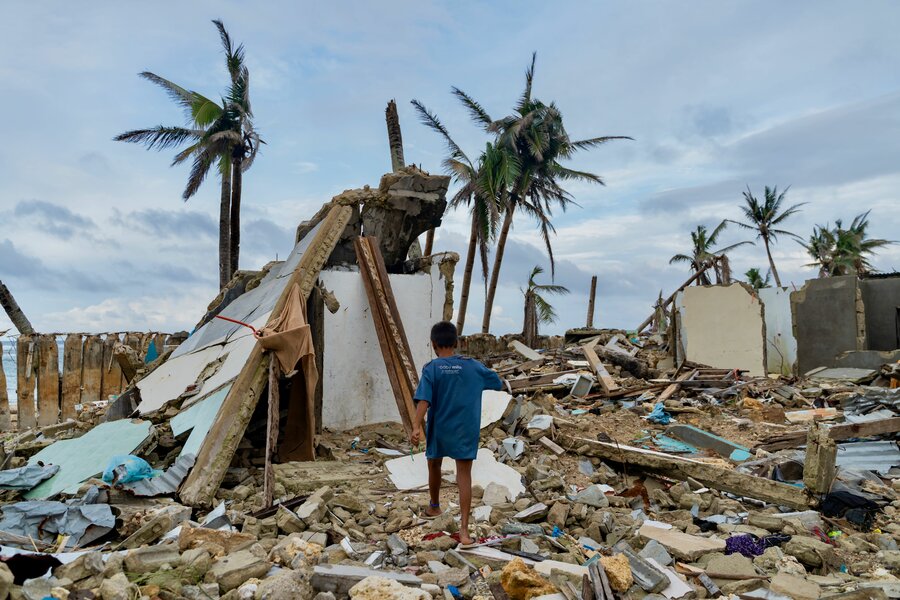
Their communities—located in the south and central parts of the island nation—were pummeled by the third-strongest typhoon ever to make landfall in the northern hemisphere. Super-typhoon Odette, or Rai to the wider world, affected more than 12 million people, killing hundreds and leaving thousands homeless overnight.
Yet, it could have been much worse. The relatively low number of casualties is thanks to recently improved early-warning systems and pre-emptive measures taken by local communities and governments. Nearly one year after it made landfall, however, people are still struggling to recover from the typhoon’s longer-term effects—even as the 2022 typhoon season is in full swing.
The emergency response to Rai carries important lessons moving forward. Indeed, the Philippines—hit by an average of 20 storms and typhoons each year— is today considered the world’s most disaster-prone country.
These extreme weather events are growing progressively more destructive and unpredictable. Rai, for example, intensified from a ‘tropical storm’ to a ‘super typhoon’ within hours. After making landfall, it headed towards an area not previously prone to typhoons.
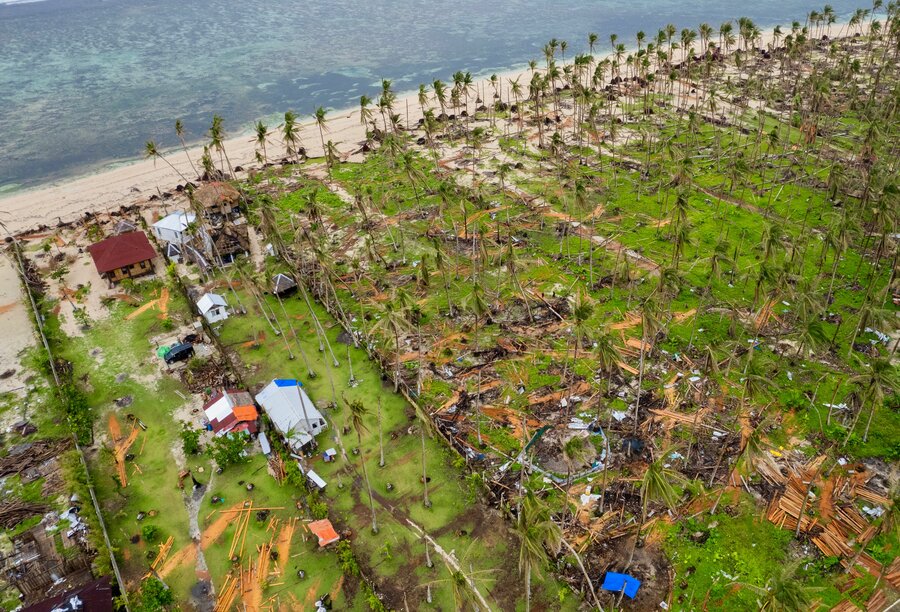
The Philippines got a relative reprieve this September. Like Rai, Typhoon Noru (known locally as Karding) developed into a super typhoon within hours— but slowed down at landfall, bringing heavy winds and torrential rain. Yet it still left a trail of destruction.
While it’s impossible to make a direct connection to climate change, the impact of our worsening climate crisis is increasingly real for millions of Filipino fisherfolk and farmers living across the Pacific shorelines.
In my role as the World Food Programme (WFP)’s Emergency Coordinator in the country, I work closely with authorities and humanitarian partners to scale up relief operations. Our aim is to mobilize emergency resources to provide healthy meals to vulnerable families and contribute to rebuilding their homes and small businesses to ensure sustainable longer-term recovery.
Lessons from Rai—and also Haiyan
The first images of the damage caused by Rai’s storm surge and wind gusts in the Philippines' southern Dinagat and Siargao — two of the areas hardest hit—reminded me of the devastating effects of typhoon Haiyan in 2013, one of the most powerful tropical cyclones ever recorded.
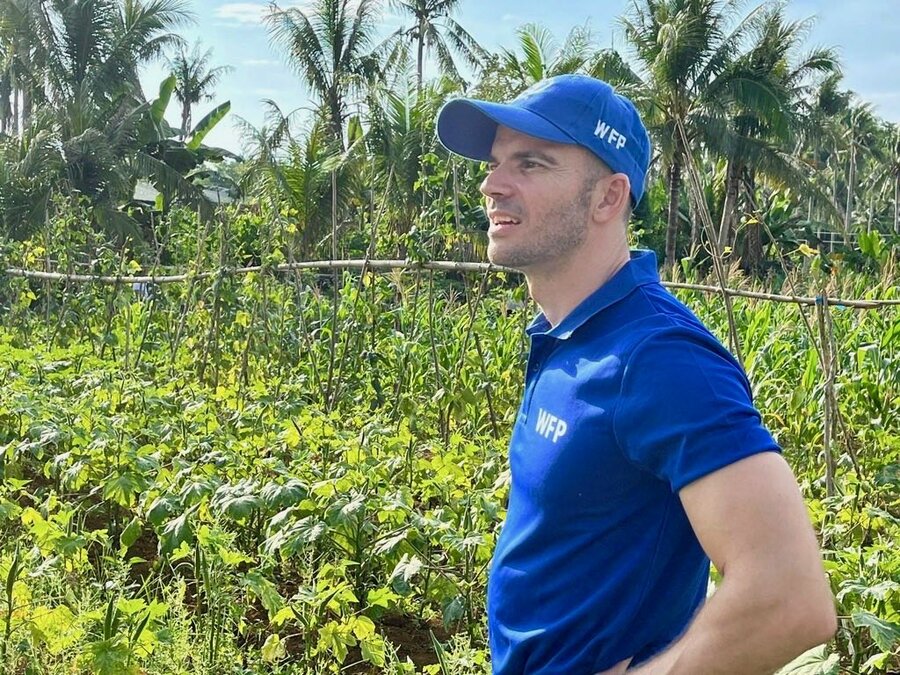
The storm surge from Haiyan shuttered seawalls, built to protect coastal communities. It flattened coastal homes and demolished the roofs of more robust houses. Power lines and mobile towers were down. Coconut plantations were leveled as far as the eye could see.
Rai was even more destructive; it went on to damage more than one million more homes than Haiyan. The billions of dollars of losses from Rai amounted to roughly 1.45 percent of the Philippines’ GDP — 0.45 percent higher than from Haiyan.
From the outset, Rai delivered a clear message; we urgently needed boots on the ground. I was able to expand our core WFP team by pulling together a patchwork of disaster management experts—bringing back talented Filipinos working elsewhere for the United Nations to use their skills and expertise back home.
We had prepared for the worst. Ahead of Rai, in collaboration with Filipino authorities, WFP dispatched two specialized mobile units to provide internet connectivity in disaster zones. These allowed authorities and humanitarian responders to communicate critical information about the destruction and key needs from the worst-affected areas.
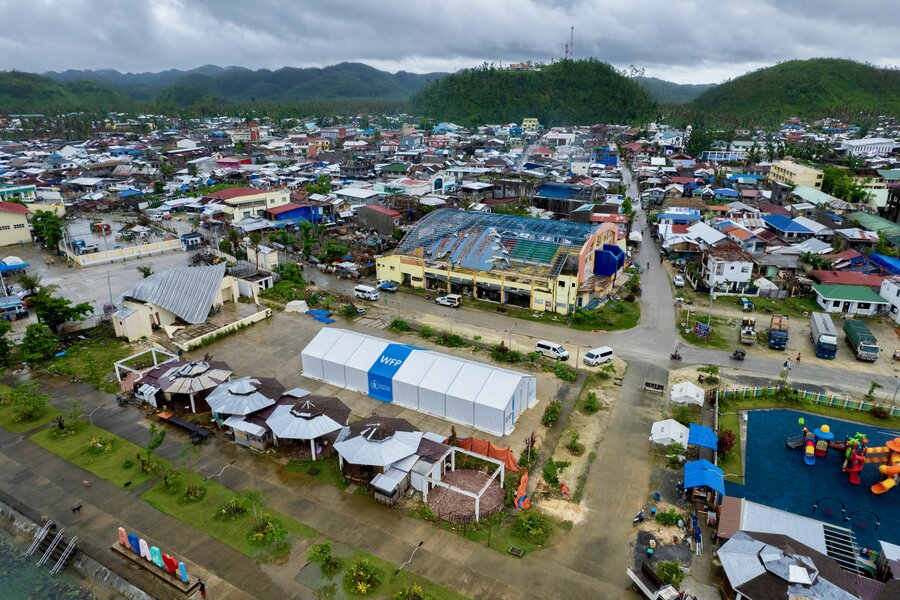
Early on after Rai struck, we set up emergency logistics hubs in the hard-hit areas of Surigao City, along with Siargao and Dinagat islands, to support the Filipino government’s response.
In the weeks immediately following, WFP supported the government, trucking in more than half-a-million family food packs containing rice, cans of tuna and cereal drinks for devastated communities, along with other basic necessities such as kitchen implements and soap.
One year on, many still need humanitarian relief. So far, WFP has reached more than 300,000 people with rice, cash and food vouchers, and tens of thousands of others in early recovery. This support was essential for farmers and fisherfolk to rebuild their livelihoods, while stimulating the local economy and markets. We are now nearing the end of these recovery efforts.
Looking ahead
WFP is often the first to respond to a breaking emergency, getting life-saving food assistance to people in the most remote and inaccessible places. We can do this because of long-term partnerships and mutual trust we have built before, during and after emergencies with myriad actors: from government counterparts and first responders, to the private sector and our donors.
While the pressure in emergency operations is to deliver quickly and massively, it is also vital to take a longer-term view and ensure help for the most vulnerable is sustainable. This takes ongoing work.
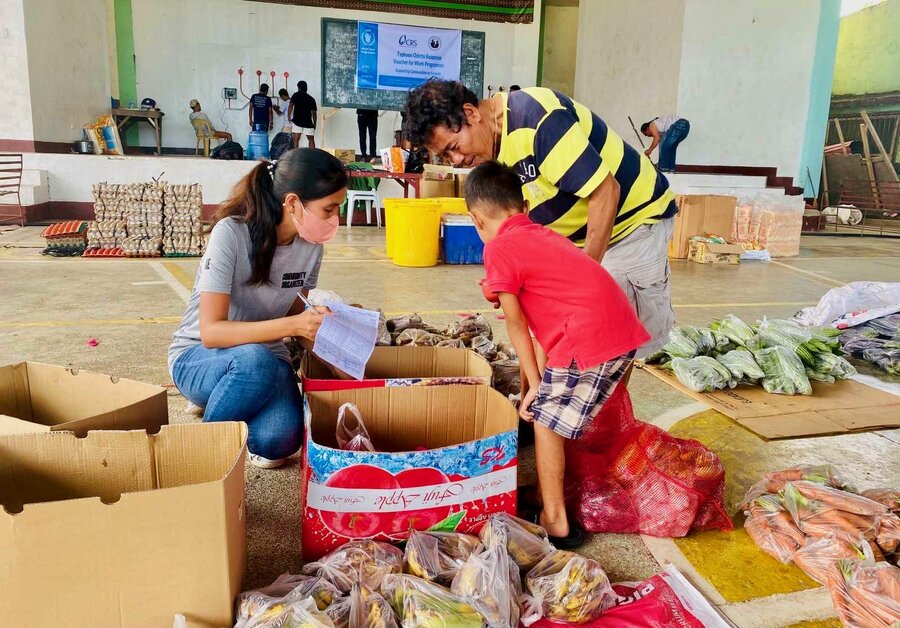
The lessons from Rai show we need practical and pragmatic solutions applicable to the most isolated and disadvantaged communities, as they adapt to future climate shocks.
We need to reduce transport times and logistics costs. We need to ensure strong disaster management bodies and social protection mechanisms. And we need to invest more in local capacity, pre-emptive action and sustainable systems so Filipino families can live more safely.
WFP plans to work closely with the Philippine government and partners to help make that happen.
I was recently back in Siargao. The damaged coconut plantations and the broken sea wall are stark reminders of Rai’s destructive force. Nature is growing back, people are healing, but much more needs to be done to ensure lasting change.
